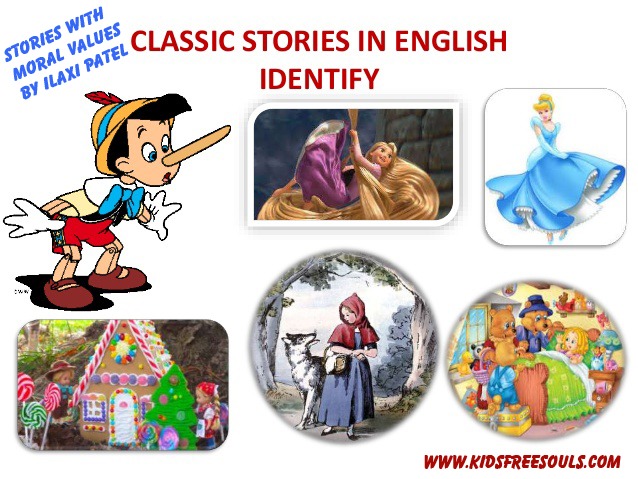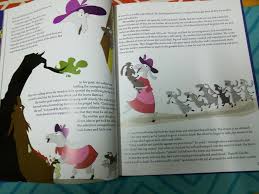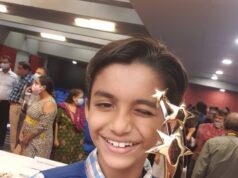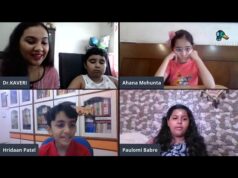Like a great journey, literature can show you things you have never seen before and will never forget. Literature gives order to human experience. It explores cultural values. It demands an emotional response from the reader. To write a story, it requires real experience and also to dive into the imagination world and it sure isn’t a cup of tea for all! Written literature includes a huge variety of text, both fiction and non fiction, such as poetry, plays, novels, short stories, travel accounts, diaries, autobiographies, biographies, collection of letters, essays, histories and philosophy. Oral Literature include folk tales, epic poems, children’s rhymes, riddles, prayers and made up stories. Freesouls scoops into the Literature world to provide basic guidelines on the Elements of Literature :
Some of the Principal elements are plot, theme, style, image, sound patterns, and characterization. Sometimes a detective story might have a plot and other elements but may not have sound patterns or a lyric poem will contain sound and image patterns but no plot! However, to write a story, the following pattern is applicable:
Charaters : Memorable characters come alive as readers read. They live on the page, in mind and heart. Yet, they really don’t exist! Writers must know their characters thoroughly and have a clear picture of each one’s appearance, speech and thoughts. It becomes easier to describe action or ideas. The characters make up the central interest of many dramas and novels as well as autobiographies. Hence, built up a character that best suits your story.
Motivation: Character determines action. So, motives of the character in writing make sense. Tom Sawyer and Oliver Twist are two difference characters and likewise, if twisted than these classics would turn into a different kind of book. Therefore, motivation means the reason for a character’s actions.
Setting: This is the place where the character’s story occurs. The characters do not hang in space but their existence is build around the world somewhere, imagined or described place by the author. Even an alien has an imaginery place to live in an outer world! The Missouri of Tom Sawyer is very different from the London of Oliver Twist and these differences help in setting up two characters. Writers describe the world they know. Sights, sounds, colors, and textures are all vividly painted in words as an artist paints images on canvas. A writer imagines a story to be happening in a place that is rooted in his or her mind. The location of a story’s actions, along with the time in which it occurs, is the setting. Setting is created by language. How many or how few details we learn is up to the author.
Plot: It tells us what happens to the character in the story. A plot is built around a series of events that take place within a definite period of time. No rules exist for the order in which the events are presented. A unified plot has a beginning, a middle and an end. The story has an exposition, rising action, a climax, outcome. The exposition gives background or situation of the story. The rising action builds upon the creation, suspense or reader’s desire to find what happens next and the climax is the highest point of interest. It’s like a character with a problem, how he faces the problems and the end as to how he overcomes the problem – a happy or a sad note or maybe letting the readers conclude
Theme: The theme develops from the interplay of character and plot. The theme may warn a reader to lead a better life or a different kind of life. In short, convey the author’s moral beliefs.. The theme of a fable is its moral. The theme of a parable is its teaching. The theme of a piece of fiction is its view about life and how people behave.
In fiction, the theme is not intended to teach or preach. In fact, it is not presented directly at all. You extract it from the characters, action, and setting that make up the story. In other words, Sentimental or emotional, the reader draws his own conclusions on the theme of the story. The writer’s task is to communicate on a common ground with the reader. Although the particulars of your experience may be different from the details of the story, the general underlying truths behind the story may be just the co-check out the title. Sometimes it tells you a lot about the theme.
Style: This is the way the writer uses words to create Literature. One word following the other, one paragraph leading to the next. The way writers write is a part of what they have to say. What kind of words to use, how to present details or should the paragraphs be long or short? These are the questions that requires answers to solve the problems of style of writing. First place narration or third person narrated story. Attitude is also a style – positive or negative style of writing is very important.
Grab your pens or click on to the keyboards and write stuff right! Writing is a hobby that you can pursue anywhere, anytime with the right attitude of ‘Reading’ – Its awareness all the way. After all, all Literature needs readers who help to create literature by responding to the ideas and thoughts of a writer.
20th March is #WorldStoryTellingDay – It is a global celebration of the art of oral storytelling. It is celebrated every year on the March equinox, on (or near) March 20. On World Storytelling Day, as many people as possible tell and listen to stories in as many languages and at as many places as possible, during the same day and night. Participants tell each other about their events in order to share stories and inspiration, to learn from each other and create international contacts.
The significance in the event lies in the fact that it is the first global celebration of storytelling of its kind, and has been important in forging links between storytellers often working far apart from each other. It has also been significant in drawing public and media attention to storytelling as an art form.
At Swagat Children Library, we have Saturdays as Story Telling and Reading Sessions all throughout the year. And out Facebook Page has Audio Live Stories being narrated for followers.
Wanna Be a Writer? Join Swagat Children Library for Creative Writing Course









